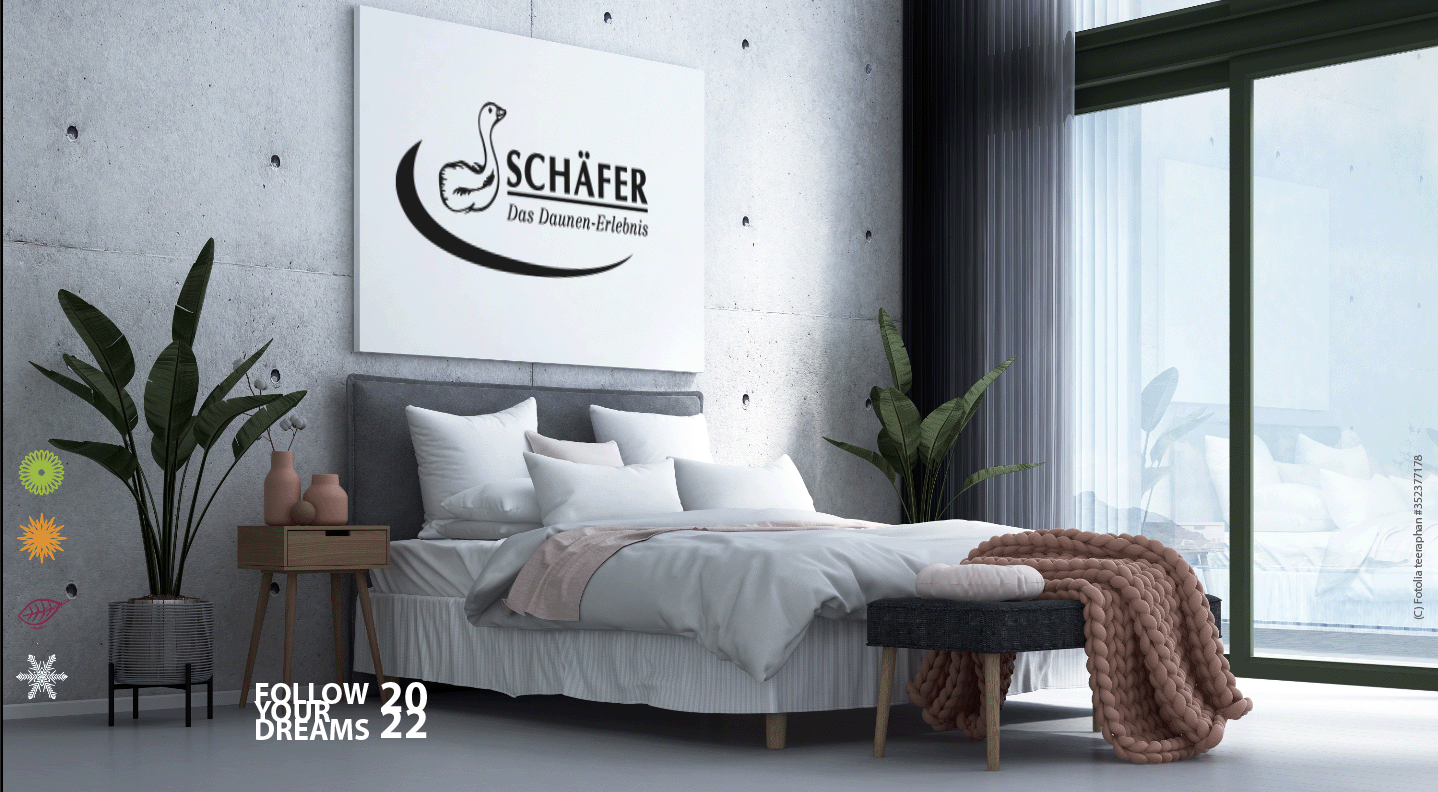
Enhancements: Advances in technology have also been made with regard to down comforter cases. Here are the many ways in which the down-proof fabrics have been enhanced offering the sleeper considerable, additional benefits.
Miele: Miele (Italian: honey) makes use of the natural properties of beeswax. The wax from the bee pollen oil has an antimicrobial, skin nurturing effect and aids skin healing. During processing the fabric is given a silky sheen with a wonderfully smooth finish and a light, waxy hold.
Breeze: Freshness! Breeze enhanced fabrics absorb odours, takes them up and locks them in.
The odours stored are then automatically released during washing. In this way fabrics retain a pleasant, fresh fragrance long after being washed. Even after being washed repeatedly (up to 60°C) Breeze is still as effective as on the first day. Breeze can also store fragrances which have been applied and release them over a long period of time.
Cool Touch: Cool touch is, like the hydrophilic enhancement, especially suitable for when moisture has to be drawn off quickly. The rapid removal of moisture creates a pleasant, dry sleeping environment and is especially suitable for people who to tend to perspire heavily. Cool Touch also gives fabrics a cool, soft hold.
Pattern: Do you want to get away from one-colour fabrics? Customers should not only be able to recognise their bedding by the label. We can print your fabrics with, for example, your logo, so that it’s always possible to know who the articles belong to.Stain protection: “Breakfast in bed” can go either way. You breakfast in bed or the breakfast ends up in the bed. We don’t want to interfere with the former, but we have a suggestion for the latter: our stain protection! This ensures that the fabric is waterproof and resistant to most watery, oily stains. This means that after (an unsuccessful) breakfast your bed still looks like new. PS It’s suitable not only for parents but also for children.
Hydrophilic: Hydrophilically (water loving) enhanced fabrics absorb moisture which, for example, is produced by perspiration during sleep, many times more quickly than conventional fabrics. The moisture is absorbed and drawn outwards. In this way the fabric dries much more quickly and ensures a pleasant, dry sleeping environment. Body compatibility: It is not only the concentration of chemicals in fabrics which is decisive for body compatibility but also their two-way interaction. Whether or not the combination of the different chemicals is body compatible is tested by the Institute of Textile and Process Engineering, Denkendorf and confirmed with the seal of approval from the “Fördergemeinschaft körperverträgliche Textilien e. V.” (registered association for the promotion of body-compatible textiles). This reassures customers about the quality of products and can be used for advertising (with acquisition of the relevant licence).
Sanitized: Sanitized prevents the increase of bacteria and fungi on textiles. The antibacterial effect stops the formation of nasty smelling substances and protects fabrics from unpleasant odours using the same principle as a deodorant. Microfungi cause discolouring, stains and the loss of the functional properties of fabrics. Sanitized prevents this from happening thus increasing the lifetime of the fabric and at the same time maintaining its functionality. Marketing and sales support for Sanitized are also available.
Sanitized & stain protection: This offers antimicrobial and antibacterial enhancement combined with a water, oil and dirt repellent enhancement (see also Sanitized and Stain protection).
Polished: Light polishing gives the fabric a peach-like (“peau de pêche”) surface. The fabric acquires a wonderfully soft, fleecy hold.
Ginkgo: The medicinal significance of ginkgo was already recognised in ancient China. It is the ginkgo extract obtained from the green leaves of the ginkgo tree which is used. Ginkgo extract improves the flow of blood to the peripheral, arterial tissues and organs. It also inhibits blood clots and can therefore counteract circulatory disorders. Ginkgo also is effective as an antioxidant and protects against oxidative cell damage with free radicals.
Green Tea: Green tea is not only used as a drink. Green tea extract used externally in the form of a body care product has attracted the attention of the cosmetics industry. It soothes the skin and is anti-inflammatory. The free radical scavengers in green tea extract prevent oxygenic reactions which lead to carcinogenic degeneration of cells. With the antioxidant potential of green tea extract, cell protection can also be inferred. This again guarantees protection from oxidative stress which can occur due to environmental pollutants, air pollution and ozone.
Jojoba oil: This oil is mild and well tolerated by the skin because of its low level acid count. Jojoba oil normalises the hydrolipid mantle of dry skin and has a moisture-regulating effect. It is better absorbed by the skin than other cosmetics oils and improves the elasticity of the skin. The properties of Jojoba oil, whether against ageing or high temperature, predestine this active substance for use with textiles because even the great stresses involved in the production process do not cause any deterioration.
Mango: In addition to its use as a fruit, Mango has attracted the attention of the cosmetics industry in particular because of the presence of vitamins A and C. Vitamin A is the classic skin forming vitamin. It promotes the growth and cell division rate of the skin. It has a skin smoothing effect and prevents drying. Vitamin C is a soluble vitamin and supports the skin in forming collagen fibres thus keeping the skin smooth and elastic. It strengthens the blood vessels and stimulates the immune system.
Marigold: The oil of the marigold is a valuable substance used in the cosmetics industry. The marigold is attributed with having a mainly positive influence on the function of the skin. Foremost is its application for badly healing wounds, burns and varicose veins. The essential oils are attributed with counteracting bacteria, fungi and viruses.
Horse chestnut: The main active ingredient, Escin, is attributed with having vessel-sealing properties whereby the rate of the blood flow increases, venous return is boosted and widened, flabby veins are tightened whilst watery fluid collection (oedema) in the legs is combated. Weakness of the veins manifests itself in the form of pain, a taut, heavy feeling in the legs and swelling.


